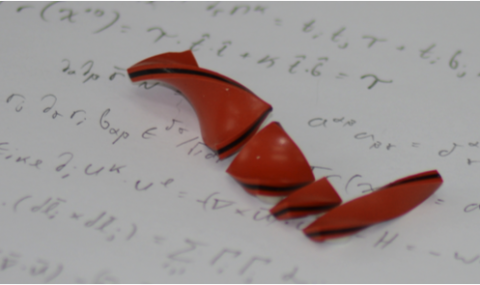From the distinct left handedness of amino acids to the right handedness of a household screw, chiral phenomena pervade of our lives. Yet despite its prevalence and importance the quantitative treatment of handedness is still lacking. Relying on the physicist’s interpretation of the right hand rule as a relation between directions and rotations leads to an orientation dependent quantification through handedness pseudo-tensors. We construct and study the properties of such handedness pseudo-tensors. We are particularly interested in using these quantities to understand handed self-assembly processes, and to describe handed hydrodynamic flows.
The definition of chirality (Greek for handedness), as given by lord Kelvin, associates it with the lack of mirror symmetry: the inability to superpose an object on its mirror image. While this definition has guided the classification of chiral objects for over a century, the quantification of handed phenomena based on this definition has proven elusive. A recent generalization to this definition identifies handedness as a relation between directions and rotations, and allows to treat handedness quantitatively. In the framework induced by this interpretation handedness becomes an orientation dependent property (tensorial). In particular, mirror symmetric objects are no longer considered to be non-handed but rather possess equal amount of right handedness and left handedness which manifest along different directions. The figure above (taken from PRX ) exemplifies this principle in a rubber bi-layer structure. Geometrically frustrated structures.


